Peppermint Shrimp Aiptasia Eating
Description
The Peppermint Shrimp (Lysmata wurdemanni complex) is a small, reef-safe, and helpful saltwater shrimp well known for its natural ability to control Aiptasia anemones (a common reef pest). Its hardy nature and peaceful demeanor make it a popular addition to marine aquariums.
🦐 Description
-
Appearance:
-
Translucent or pale body with red horizontal stripes running along the length.
-
Grows up to 1.5–2 inches (3.8–5 cm).
-
Often hides in crevices, especially during the day or when first introduced.
-
-
Species Note:
-
There are several species commonly sold as “peppermint shrimp” (e.g., Lysmata boggessi, Lysmata rathbunae), but Lysmata wurdemanni is the most effective for eating Aiptasia.
-
Lookalikes may be less effective or even ignore Aiptasia entirely.
-
🌍 Natural Habitat
-
Origin: Western Atlantic Ocean, Caribbean Sea.
-
Environment: Coral reefs and rocky crevices.
🏠 Aquarium Requirements
| Requirement | Details |
|---|---|
| Tank Size | Minimum 10 gallons, more if housing multiples. |
| Water Temp | 72–78°F (22–26°C) |
| pH | 8.1–8.4 |
| Salinity | 1.023–1.025 |
| Nitrate | < 20 ppm |
| Ammonia/Nitrite | 0 ppm |
-
Needs hiding spots such as live rock and caves.
-
Reef-safe: won’t harm corals or most invertebrates.
🍤 Diet
-
Scavenger/omnivore: Cleans up leftover food and detritus.
-
Feed: Frozen mysis, brine shrimp, pellet/flake food, reef blends.
-
Frequency: 2–3 times per week unless already scavenging effectively.
-
May consume Aiptasia anemones, especially when not overfed.
🧠 Behavior & Tank Mates
-
Peaceful and shy.
-
May be more active at night.
-
Compatible with most reef-safe fish and invertebrates.
-
Avoid: Predatory fish (e.g., lionfish, hawkfish, large wrasses) that may eat shrimp.
-
Can be kept singly or in groups—in groups, they may exhibit more bold behavior.
🧼 Care Notes
-
Acclimate slowly—sensitive to rapid salinity and pH changes.
-
Molting: Will shed exoskeleton periodically; provide iodine-rich supplements if needed.
-
After molting, shrimp hide for a few days while their shell hardens.
⚠️ Common Issues
-
Aiptasia control varies: Not all individuals eat it consistently.
-
Shrimp disappearances: May be eaten by predators or hide extensively during molt.
-
Aggression: Rare, but some individuals may nip at coral polyps if very hungry (especially in small tanks).
✅ Quick Pros
-
Reef-safe scavenger.
-
Natural pest control (Aiptasia).
-
Easy to care for.
-
Fun, active addition when comfortable.
Additional information
| Size | Medium, Small |
|---|
Only logged in customers who have purchased this product may leave a review.

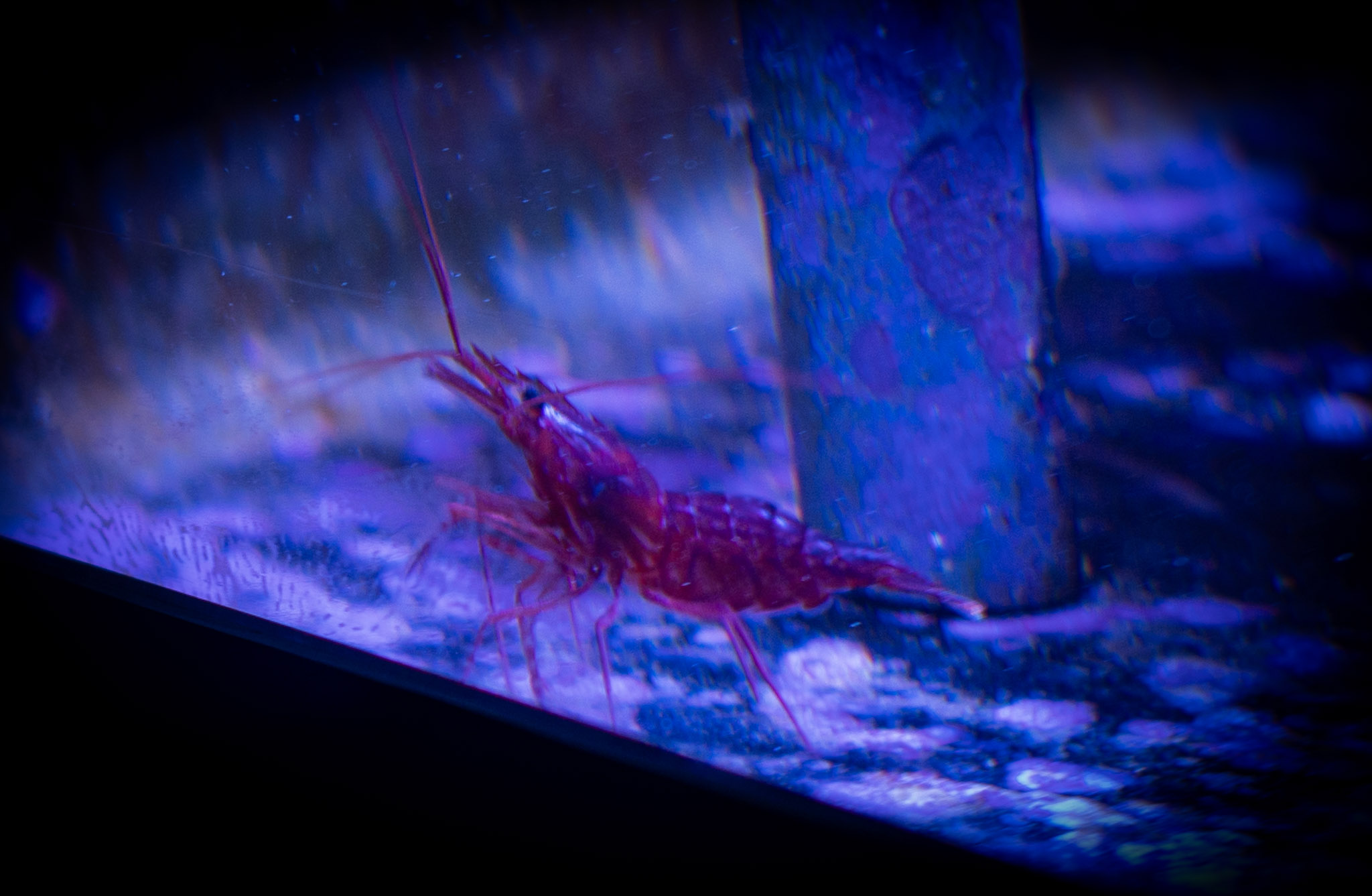
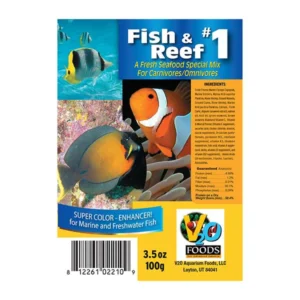
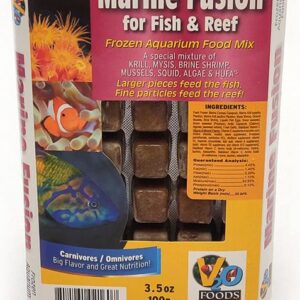
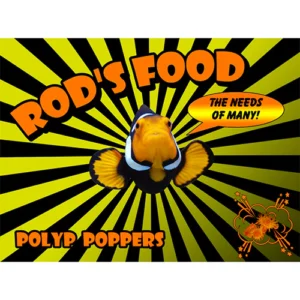

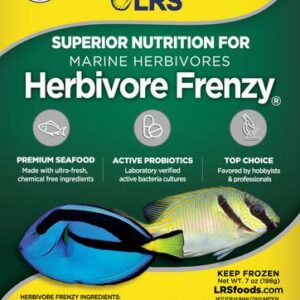
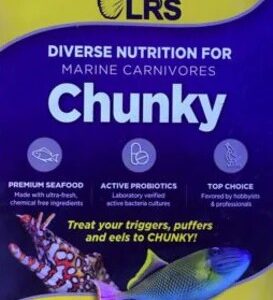
Reviews
There are no reviews yet.